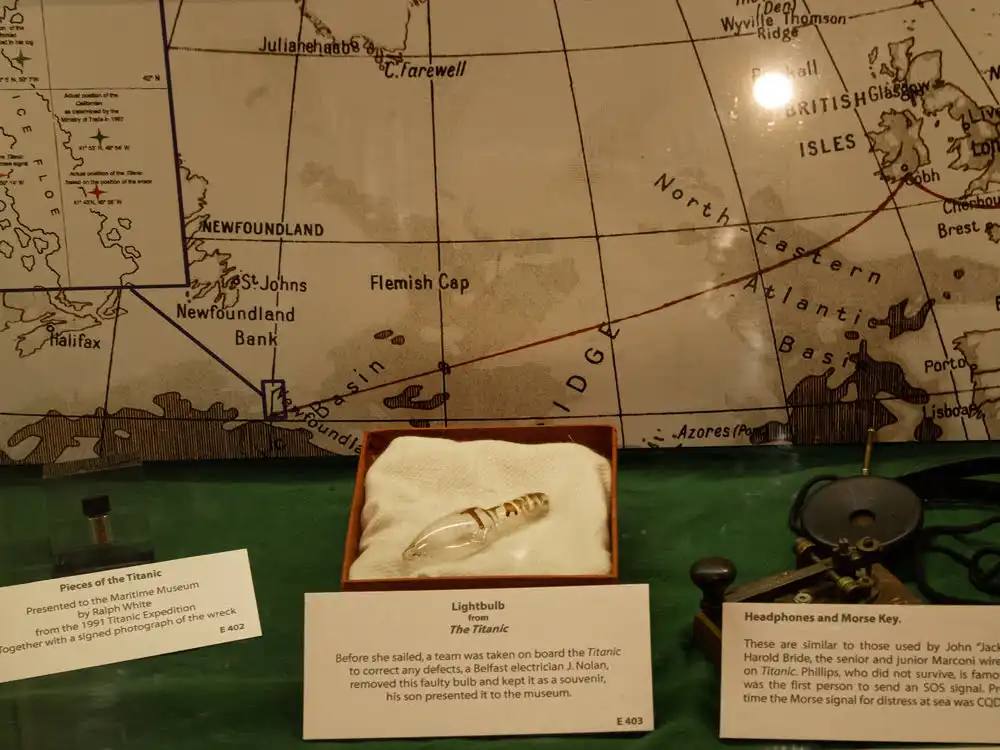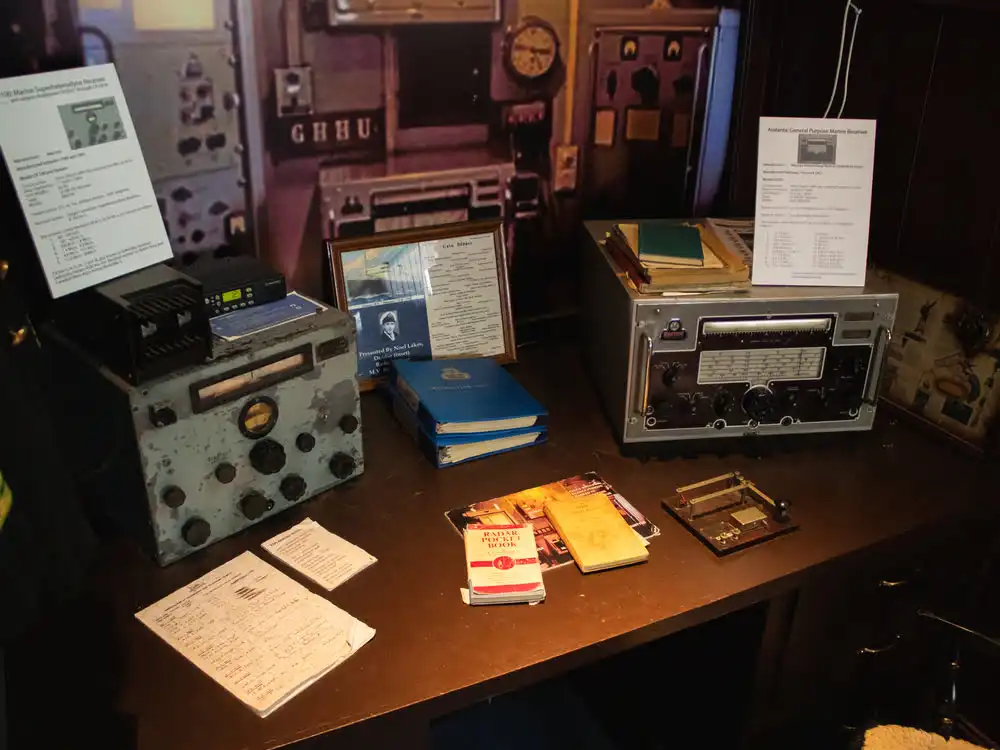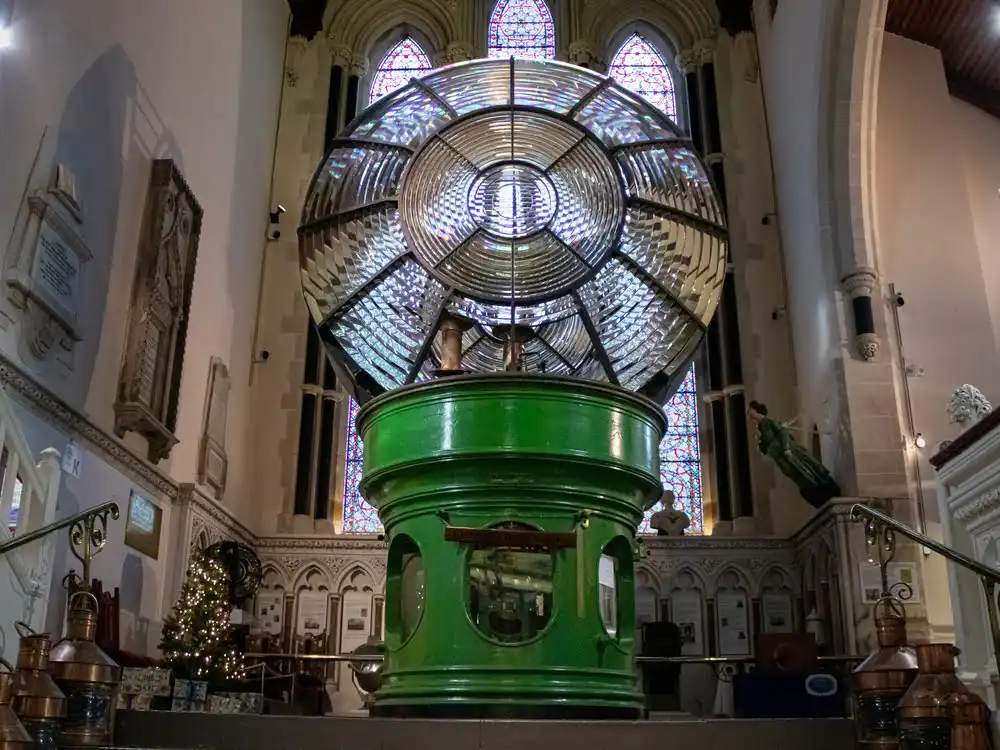
Exhibition
The Prisoners’ Dock
Members of the Royal Navy attended religious service on a Sunday. Navy personnel who were in detention had to state their religious persuasion and if Church of England were seated in the Prisoners’ Dock (special enclosed pews) for Sunday service at the Mariner’s Church.
Navy personnel in detention were petty offenders from the Guardship stationed in Kingstown Harbour now Dún Laoghaire Harbour. A Guardship was the Royal Naval administrative centre for the area, moored in the harbour up to five or ten years before being replaced, could hold between two hundred and three hundred and fifty naval personnel.

To keep order at sea with a large crew, the Naval Discipline Act was enforced and oversaw petty crimes such as smoking when prohibited, insubordination and petty theft resulting in imprisonment on the Guardship for a short period. The principal administrative operational facility of the Royal Navy in Ireland at the time was situated at Haulbowline Naval Base in Cork harbour.
These petty offenders were in stark contrast to the convicts held on a convicts ship (floating prison) such as the HMS Essex. The HMS Essex was at anchor with the use of heavy chain sitting on the sea bed, here in Dún Laoghaire harbour in the early 1820s. She was sold out of service in 1837 the same time as the Mariners’ church opened. With the masts cut down, these convict ships were better known as hulks.
This confirmed the type of naval prisoner occupying the enclosed pews in the church. They were not hardened convicts and when the Mariner’s Church opened its doors first, the hulks were starting to be decommissioned and were not replaced.
Viewing the Prisoners’ Dock will give you a first-hand impression of the Museum as it used to be, a church of worship, a Mariners Church.




